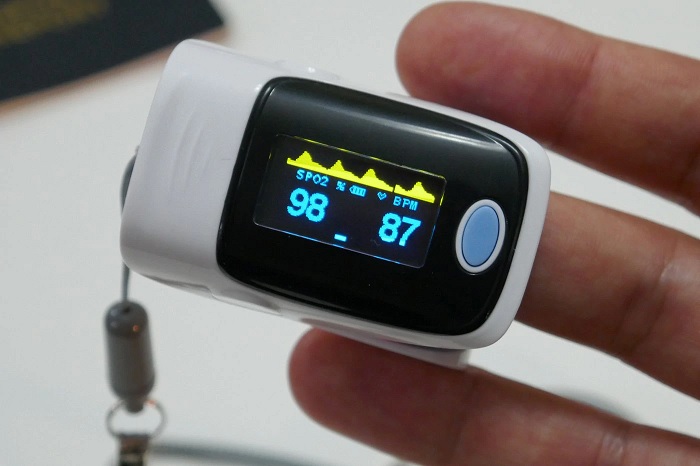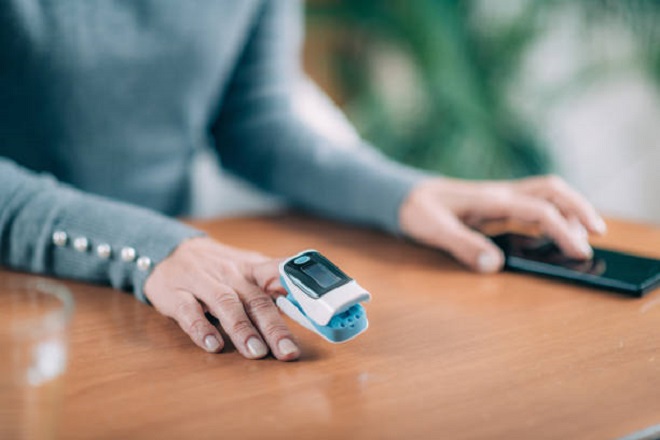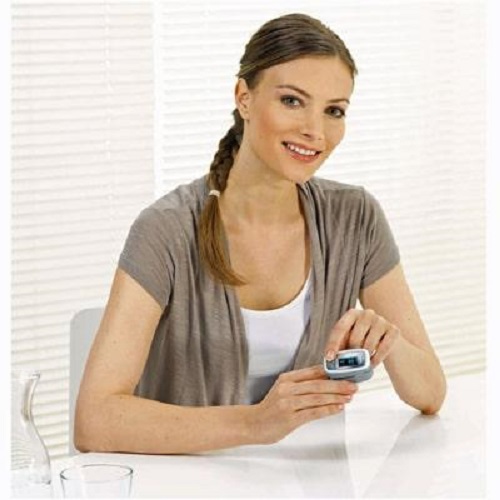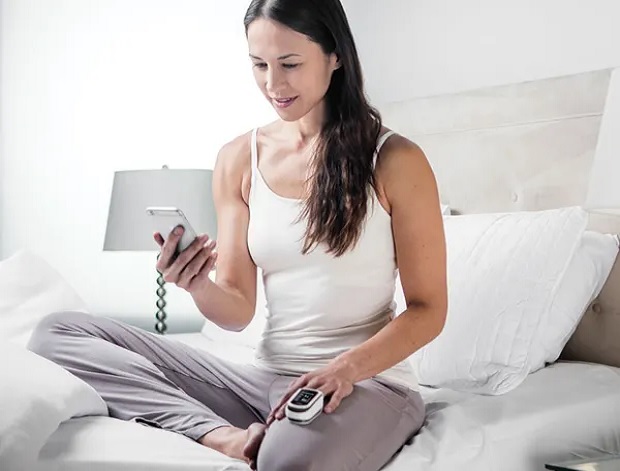The SARS Cov-2 virus is now reaching almost every nook and corner of the world. In many countries, hospitals are being saturated with infected patients. While Covid is fatal mainly when it starts infecting the lungs, many families rush to purchase s Pulse Oximeter at home. Here is what doctors say about having one oximeter with you.
What is a pulse oximeter?
A pulse oximeter is a painless and reliable way for clinicians to measure a person’s blood oxygen levels. When you breathe, oxygen enters your lungs, passes through thin membranes and enters your blood stream — where it’s then picked up by red blood cells and carried around the body to various organs.

A pulse oximeter is a tiny device that usually slides over your fingertip or clips on your ear lobe and uses infrared light refraction to measure how well oxygen is binding to your red blood cells. Oximeters report blood oxygen levels via an oxygen saturation measurement called peripheral capillary oxygen saturation, or SpO2.
Is it helpful for detecting Covid?
The new coronavirus that causes COVID-19 enters the body through the respiratory system, causing direct injury to a person’s lungs via inflammation and pneumonia — both of which can negatively impact how well oxygen is transferred into the bloodstream. This oxygen impairment can occur at multiple stages of COVID-19, and not simply for critically ill patients placed on ventilators.
In fact, there’s a phenomenon we’ve observed clinically where a person with COVID-19 can have very low oxygen levels but otherwise appear well, termed “happy hypoxia.” It’s concerning because these patients may be more significantly ill than they feel, certainly warranting closer attention in a medical setting. It’s why you may be wondering if an oximeter can help detect COVID-19 early.

However, not everyone who tests positive for COVID-19 will develop low oxygen levels. Ultimately, people should not think of a pulse oximeter as a screening test for COVID-19. Having a normal oxygen level does not mean that you are free of infection.
Can it monitor Covid?
If a person has a mild case of COVID-19 and is self-treating at home, an oximeter can be a helpful tool for checking oxygen levels so that low oxygen levels can be caught early. In general, the people who are theoretically more at risk for oxygen issues are those with pre-existing lung disease, heart disease and/or obesity, as well as active smokers.
In addition, since “happy hypoxia” can be present in people who might otherwise be regarded as asymptomatic, a pulse oximeter can help ensure that this clinically silent early warning sign is not missed.
When do the readings become alarming?
There is not one, universal SpO2 number indicating that a person’s oxygen levels are healthy and ideal. For an oximeter to be an effective tool, you’ll first need to know your baseline SpO2, and keep in mind that your baseline reading can be impacted by pre-existing COPD, heart failure or obesity.

Next, it’s important to know when a change in your SpO2 reading becomes significant. An SpO2 of 100% has effectively zero clinical difference to a 96% reading. As a good rule of thumb, a person with COVID-19 monitoring his or her clinical status at home will want to ensure that the SpO2 reading stays consistently at or above 90 to 92%. If the number consistently drops below this threshold, timely medical evaluation is warranted.
What all make inaccurate readings?
Pulse oximeters can have falsely low readings if a person has circulatory issues with poor blood flow to the extremities, such as very cold hands, intrinsic vascular disease or Raynaud’s phenomenon. In addition, fake nails or certain darkly coloured nail polish, such as black or blue, can distort the readings.




![The Top & Most Popular Seafood Bucket Restaurants in Dubai for you [Never Miss]](https://uae24x7.com/wp-content/uploads/2020/09/8-seafood-in-a-bucket-scaled-e1600739237403.jpg)
![Procedures for Renewing the Driving License in Abu Dhabi [3 Simple Steps]](https://uae24x7.com/wp-content/uploads/2020/07/Capture-9-e1595666454466.jpg)





